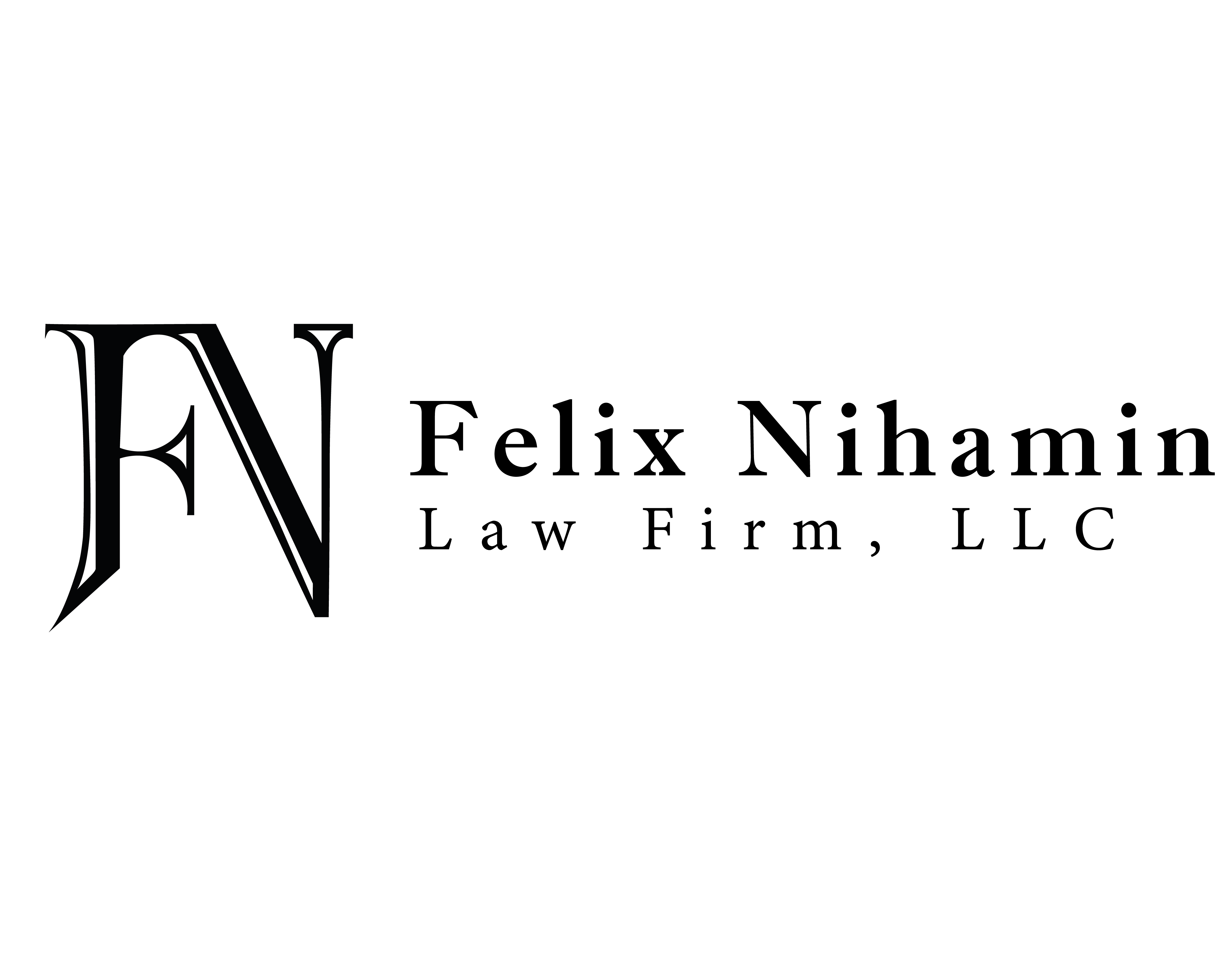Next Step
PPP Loan Forgiveness Update
On May 15, 2020, the Small Business Administration (SBA), in consultation with the U.S. Department of Treasury (Treasury) released the Paycheck Protection Program (PPP) Loan Forgiveness Application (the Forgiveness Application) and detailed instructions for the Forgiveness Application. To apply for PPP loan forgiveness, the borrower must complete the Forgiveness Application and submit the completed application and required documentation to its lender.
The Forgiveness Application consists of four components: 1) the PPP Loan Forgiveness Calculation Form; 2) PPP Schedule A; 3) the PPP Schedule A Worksheet; and 4) an optional PPP Borrower Demographic Information Form. The Forgiveness Application includes a list of documents each borrower must submit with its Forgiveness Calculation, as well as a list of documents that each borrower must maintain but is not required to submit. All borrowers must submit the PPP Loan Forgiveness Calculation Form, PPP Schedule A and the required documents to their lender.
The Forgiveness Application provides instructions for applying for PPP loan forgiveness and clarifies several components of the forgiveness calculations. As noted in the SBA’s accompanying press release, the Forgiveness Application includes several measures to simplify the process for borrowers, including:
Options for borrowers to calculate payroll costs using an “alternative payroll covered period” that aligns with borrowers’ regular payroll cycles.
Flexibility to include eligible payroll and non-payroll expenses paid or incurred during the eight-week period after receiving their PPP loan.
Step-by-step instructions on how to perform the calculations required by the CARES Act to confirm eligibility for loan forgiveness.
Borrower-friendly implementation of statutory exemptions from loan forgiveness reduction based on rehiring by June 30, 2020.
The Forgiveness Application is consistent with the recent guidance issued by the SBA and Treasury and includes several clarifications that warrant highlighting:
The Alternative Payroll Covered Period: borrowers with a biweekly (or more frequent) payroll schedule may elect to calculate eligible payroll costs using the eight-week (56-day) period that begins on the first day of their first pay period following their PPP loan disbursement date, instead of the “Covered Period” which is defined as the eight-week (56-day) period after the PPP loan disbursement date.
Eligible nonpayroll costs (mortgage interest, rent, and utility payments) must be paid during the Covered Period or incurred during the Covered Period and paid on or before the next regular billing date.
The Forgiveness Application includes a formula for calculating the average full-time equivalency (FTE) during the Covered Period or the Alternative Payroll Covered Period. The provided calculation is used to determine whether the borrower’s loan forgiveness amount must be reduced due to a statutory requirement concerning reductions in full-time equivalent employees.
The SBA’s press release that accompanied the Forgiveness Application provided that the “SBA will also soon issue regulation and guidance to further assist borrowers as they complete their applications, and to provide lenders with guidance on their responsibilities.”
